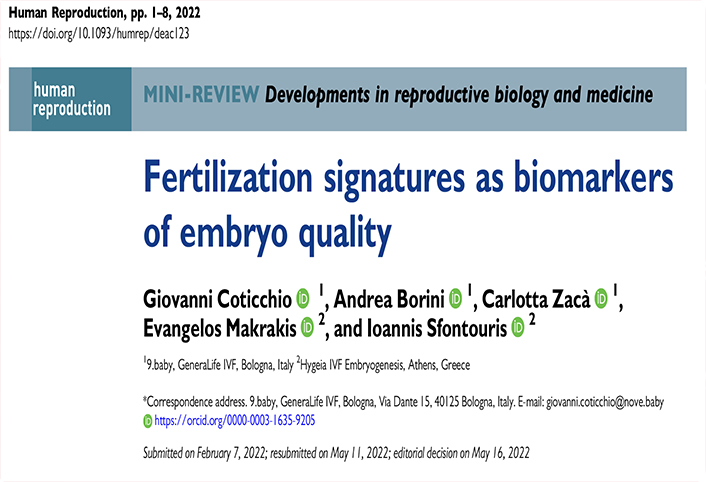
Giovanni Coticchio, Andrea Borini, Carlotta Zaca, Evangelos Makrakis, and Ioannis Sfontouris
Abstract
Fertilization underpins the vital transition from gametic meiosis to embryonic mitosis. For decades, in human IVF, microscopic observation at a single time point has limited our appreciation of the morphokinetic complexity of this process. More recently, the introduction of time lapse technology—also enhanced by combination with artificial intelligence—has revealed the finest morphokinetic details of the beginning of human development. Overall, a picture has finally emerged in which the precise timing, morphology and geometry of several fertilization events offer clues to predict the fate of the embryo—a key aspect of assisted reproduction. In this scenario, correct unfolding of intra- and interpronuclear rearrangements emerge as a crucial factor to create a platform able to preserve genetic and cellular integrity at the first mitotic cleavage.
